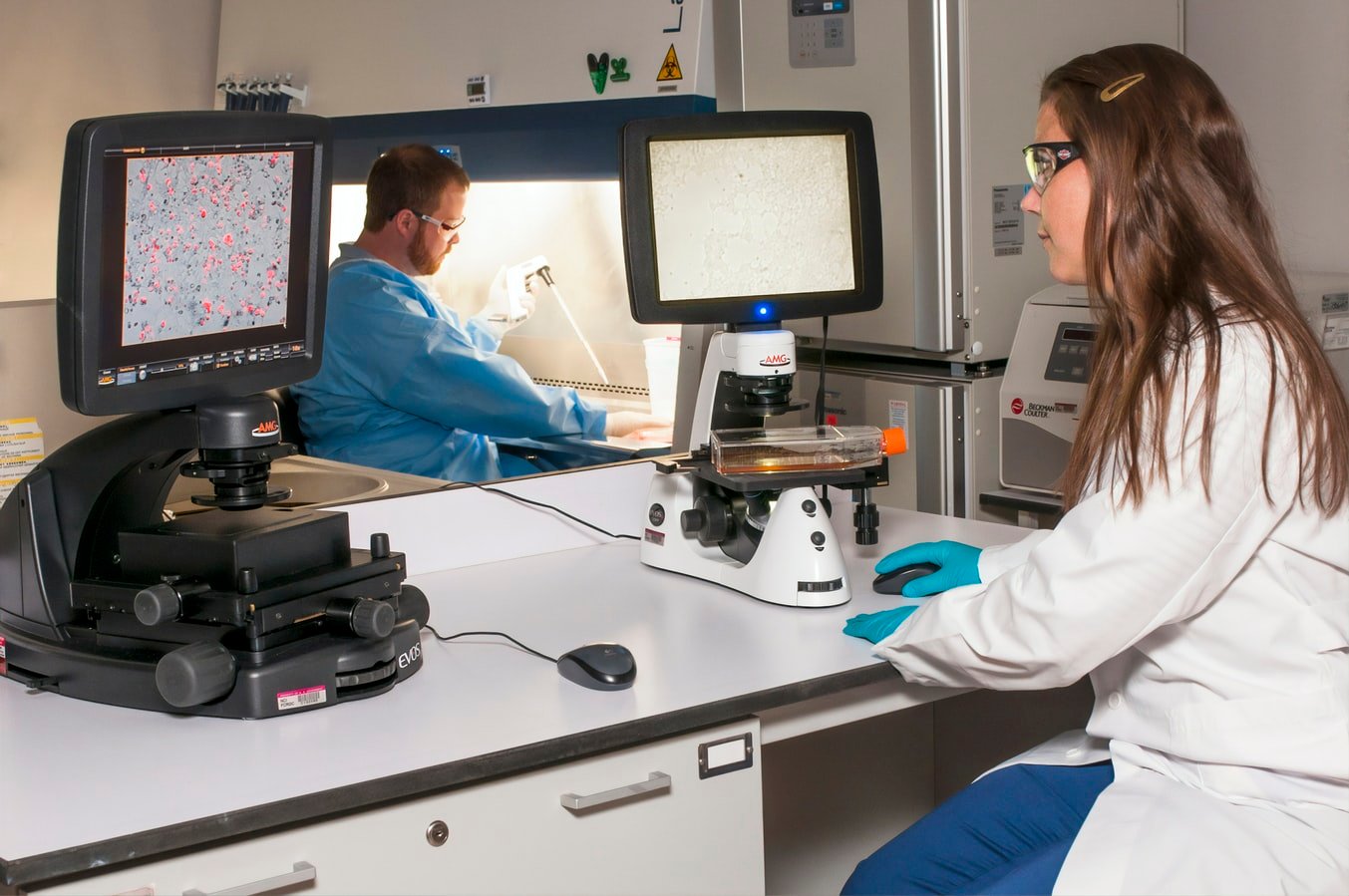Genotoxicity testing is a vital testing service required to ensure products and packaging meet the necessary labelling and safety standards as required by UK legislation and do not cause harm to the end-user throughout the life of the product or beyond.
Specialist companies offer a range of tests that meet the regulations and provide guidance to ensure that your product, drug or chemical is safe for the market it is intended to be used by. It is critical during product development to carry out genotoxicity testing to ensure that the use of any inherent substrates will not influence genetic material or cause cancer through changes to organisms.
Genotoxic chemicals interact adversely with the DNA of cells or genetic materials, and as such testing is required to identify these or impurities within them that can induce such genetic damage.
Genotoxicity testing is a requirement for many different industries, being used to assess the potential risks in areas such as cosmetics and personal care, food packaging and food contact materials, pesticide and chemical companies including pharmaceuticals.
There are several different methods for assessing genetic mutations and DNA damage. The UK Government offer information and guidance regarding genotoxicity testing of chemical substrates that may be useful additional reading and provide additional information that could aid with the development of a testing strategy. You can access this information on their website.
Below, we have broken down some of the most common testing methods that may be used when determining how safe products are.
OECD 471: Ames Test
One of the most commonly requested tests, this test investigates the ability to cause specific mutations in Salmonella or E. coli strains that allow them to then grow on selective agar plates. This test is carried out to detect DNA reactive mutagens, which have the potential to be highly potent in vivo.
OECD 487: In vitro MNT
This mammalian cell assay is a micronucleus test that detects not only numerical but also structural chromosomal damage where it exists. Combining such testing with mouse lymphoma assay or and Ames would assay the key genotoxic agent classes to a reliable standard.
OECD 490: Mouse Lymphoma Assay (MLA)
This test is an assay of the gene mutation of in mammalian cells that can detect point mutations and clastogenicity. It is the assay favoured by many as a complementary test along with the Ames test. It is useful in detecting effects on the regulatory apparatus of mammalian DNA, to provide evidence of any risk or lack of hazard a mutagenic substance may carry to mammalian cells.
OECD 474: In vivo Micronucleus Assay
Used to identify substance-induced formations of micronuclei within erythrocytes, the in vivo micronucleus assay can be assessed through microscopy in bone marrow or with the use of flow cytometry in peripheral blood. The test can account for factors that include pharmacokinetics, in vivo metabolism and processes of DNA repair. As well as offering further investigation surrounding detected genotoxicity that may have been detected in the in vitro assay battery, it could also assess the impact on human relevant dose response.
Choosing which of the above tests or combination of tests is required to ensure the safety of your product is critical to ensure safety when assessing the mutagenic potential of new chemicals or drugs. It is of particular importance for pharmaceutical companies when developing new drugs and medicines to ensure safety for human and animal consumption.
The Cosmetics industry use such testing to ensure the safety of make-up products. Companies such as Gentronix are highly specialised in genotoxicity testing and have many years of experience. If you’re not sure what testing would be appropriate for your needs, consulting with such a company could help you obtain expert advice and guidance in determining the right testing combinations for your products.





